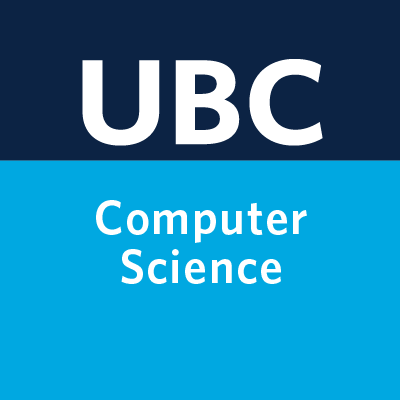
Final review guiding questions#
UBC 2023-24
Instructor: Varada Kolhatkar
The final is going to be cumulative but in this review session, we’ll focus on the post-midterm material.
Clustering#
Why clustering and what is the problem of clustering?
Compare and contrast different clustering methods.
What’s the difficulty in evaluation of clustering? How do we evaluate clusters?
Scenario |
Which clustering method? |
|---|---|
Well-separated spherical clusters |
|
Large datasets |
|
Flexibility with cluster shapes |
|
Small to medium datasets |
|
Prior knowlege on how many clusters |
|
Clusters are roughly of equal size |
|
Irregularly shaped clusters |
|
Clusters with different densities |
|
Datasets with hierarchical relationships |
|
No prior knowledge on number of clusters |
|
Noise and outliers |
Which clustering method would you use in each of the scenarios below? Why?
How would you represent the data in each case?
Scenario 1: Customer segmentation in retail
Scenario 2: An environmental study aiming to identify clusters of a rare plant species
Scenario 3: Clustering furniture items for inventory management and customer recommendations
How to decide the number of clusters?
What’s the difficulty in evaluation of clustering? How do we evaluate clusters?
Recommender systems#
What’s the utility matrix?
How do we evaluate recommender systems?
What are the baseline models we talked about?
Global average
Per user average
Per item average
Evaluation of recommender systems
Compare and contrast KNN Imputer, collaborative filtering, and content-based filtering
Ethical issues associated with recommender systems
Introduction to NLP#
Embeddings
What are different document and word representations we talked about?
Why do we care about creating different representations?
What are pre-trained models? Why are the benefits of using them?
Topic modeling
What is topic modeling? What are the inputs and outputs of topic modeling?
How it’s different from clustering documents using a clustering model, say KMeans?
Text Preprocessing
Multiclass classification and computer vision#
What’s the difference between OVR and OVO?
What are the methods we saw to use pre-trained image classification models for our image classification tasks?
Out of the box
Using pre-trained models as feature extractors
Fine-tuning pre-trained models for our task (only mentioned)
How would you use pre-trained model in each case below?
Imagine you want to quickly develop a prototype for an app that can identify different cat breeds from photos.
Suppose you’re working on a project to predict the city in Canada based on the photos of landmarks in the city, a task for which there’s limited training data available.
Suppose you’re developing a system to diagnose specific types of tumors from MRI scans.
Time series#
When is time series analysis appropriate?
Time series analysis is used when there is a temporal aspect in the data.
Data splitting: Data should be split based on time to avoid future data leaking into the training set.
Essential questions for Exploratory Data Analysis (EDA):
What is the frequency of data collection (e.g., hourly, daily)?
How many time series are present within the dataset?
Are there any gaps or missing values in the data?
Feature engineering
Derived new features from the date/time column.
Appropriately encoded features based on the chosen model.
Created lag features to incorporate past values for prediction.
Baseline model approach: Employ a simple model, such as using today’s target value to predict tomorrow’s, as a starting point for comparison.
Cross-Validation Method for Time Series: In
sklearn, useTimeSeriesSplitas thecvparameter in functions likecross_validateorcross_val_scorefor time-appropriate validation.Strategies for long-term forecasting:
Generate forecasts for sequential time steps by assuming the predictions for the previous steps are accurate.
Trends
A ‘days since’ feature to capture the trend over time
Survival analysis#
What is right-censored data?
What happens when we treat right-censored data the same as “regular” data?
Predicting churn vs. no churn
Predicting tenure
Throw away people who haven’t churned
Assume everyone churns today
Survival analysis encompasses predicting both churn and tenure and deals with censoring and can make rich and useful predictions!
We can get survival curves which show the probability of survival over time.
KM model \(\rightarrow\) doesn’t look at features
CPH model \(\rightarrow\) like linear regression, does look at the features and provides coefficients associated with each feature
Communication#
Why is communication important in ML and Data Science?
What are different principles of good explanation?
What to watch out for when producing or consuming visualizations?
Ethics#
Bias and fairness
Deployment#
Deploying a model as a web app
Deploying a model as a REST API
